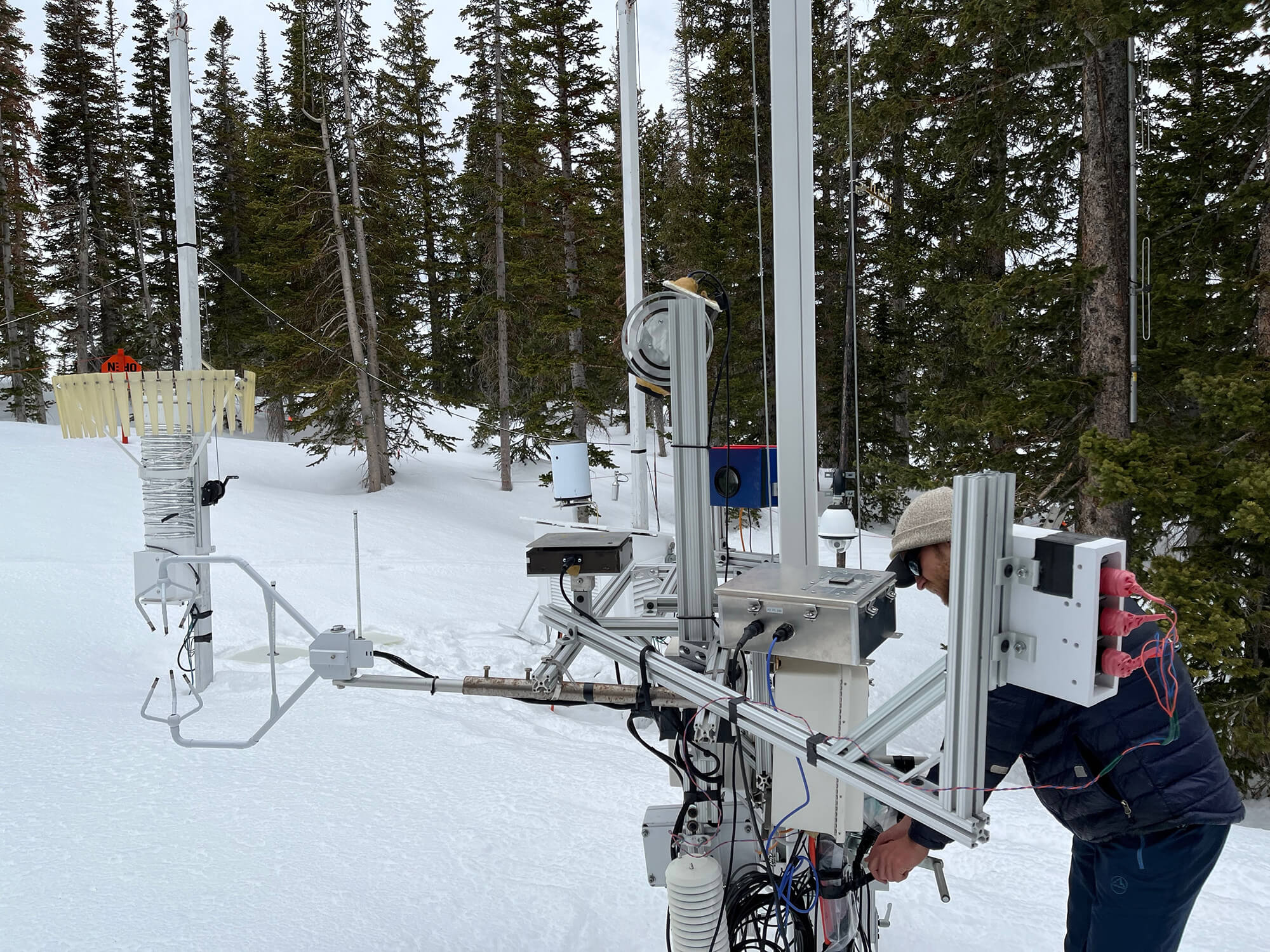WASHINGTON — The speed at which snowflakes fall has significant implications for the rate of climate change, new research reveals. Scientists who have been observing the descent of snowflakes discovered that all snowflakes, irrespective of their variety or atmospheric turbulence, descend in a uniform pattern. However, researchers now believe that monitoring even minor variations in their descent speeds can critically affect our predictions of climate warming rates.
A team with the University of Utah noted that employing lasers to track snowflakes could also enhance storm duration forecasts. Snowflakes, which are single ice crystals that grow large enough to fall through the Earth’s atmosphere as snow, don’t just plummet; they gracefully swirl and dance to the ground. This movement has repercussions extending well beyond the interests of skiers and children wishing for a snow day.
The researchers emphasize that understanding the fall speed of snowflakes is vital for predicting weather patterns and gauging climate change. In a study published in the journal Physics of Fluids, the researchers explored how snowflakes accelerate in atmospheric turbulence. They concluded that, regardless of turbulence intensity or snowflake type, acceleration adheres to a universal statistical pattern, best described as an “exponential distribution.”
“Even in the tropics, precipitation often starts its lifetime as snow,” says study author Timothy Garrett in a media release. “How fast precipitation falls greatly affects storm lifetimes and trajectories and the extent of cloud cover that may amplify or diminish climate change. Just small tweaks in model representations of snowflake fall speed can have important impacts on both storm forecasting and how fast climate can be expected to warm for a given level of elevated greenhouse gas concentrations.”

The researchers established their study site in a ski area near Salt Lake City, Utah, where they encountered an extraordinary 900 inches of snow. They recorded snowfall and measured atmospheric turbulence using a novel device they designed. This device employs a laser light sheet to collect data on the mass, size, and density of snowflakes.
“Generally, as expected, we find that low-density ‘fluffy’ snowflakes are most responsive to surrounding turbulent eddies,” Garrett adds.
However, the team observed that the acceleration of snowflakes follows an exponential frequency distribution, characterized by an exponent of three halves. Upon analyzing their data, they also noted that changes in the distribution of terminal velocities of snowflakes adhered to the same pattern.
“Snowflakes are complicated, and turbulence is irregular. The simplicity of the problem is actually quite mysterious, particularly given there is this correspondence between the variability of terminal velocities – something ostensibly independent of turbulence – and accelerations of the snowflakes as they are locally buffeted by turbulence,” Garrett concludes.
Since size determines terminal velocity, a possible explanation for the team’s findings is that the turbulence in clouds that influences snowflake size is related to the turbulence measured at the ground – though the factor of three halves remains a mystery.
Dr. Garrett’s team will revisit their experiment this winter, using a mist of oil droplets to obtain a closer look at turbulence and its impact on snowflakes.
South West News Service writer James Gamble contributed to this report.
You might also be interested in:
- No more snow? 95% chance globe sees record-breaking temperatures this winter
- Here’s how winter can affect your mind and behavior
- What is lake-effect snow? A climate scientist explains

